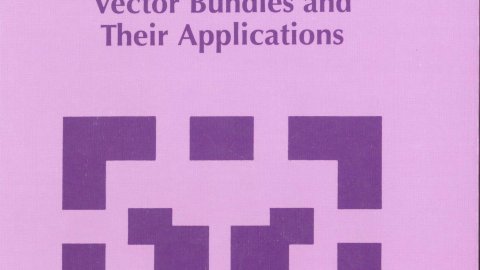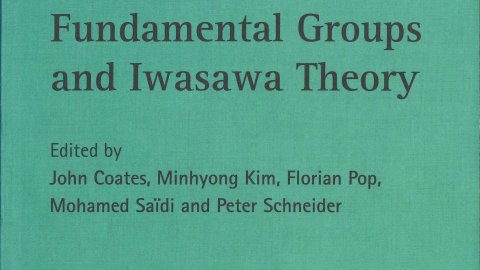Killed Brownian motion with a prescribed lifetime distribution and models of default
Abstract
In finance, the default time of a counterparty is sometimes modeled as the
first passage time of a credit index process below a barrier. It is
therefore relevant to consider the following question:
If we know the distribution of the default time, can we find a unique
barrier which gives this distribution? This is known as the Inverse
First Passage Time (IFPT) problem in the literature.
We consider a more general `smoothed' version of the inverse first
passage time problem in which the first passage time is replaced by
the first instant that the time spent below the barrier exceeds an
independent exponential random variable. We show that any smooth
distribution results from some unique continuously differentiable
barrier. In current work with B. Ettinger and T. K. Wong, we use PDE
methods to show the uniqueness and existence of solutions to a
discontinuous version of the IFPT problem.
Quantifying and reducing systemic risk
Abstract
Systemic risk in financial markets occurs when activities that are beneficial to an agent in isolation (e.g. reducing microprudential risk) cause unintended consequences due to collective interactions (usually called macroprudential risk). I will discuss three different mechanisms through which this occurs in financial markets. Contagion can propagate due to the market impact of trading among agents with strongly overlapping portfolios, or due to cascading failures from chains of default caused by networks of interlinked counterparty exposures. A proper understanding of these phenomena must take both dynamics and network effects into account. I will discuss four different examples that illustrate these points. The first is a simple model of the market dynamics induced by Basel-style risk management, which from extremely simple assumptions shows that excessive leverage can give rise to a slowly rising price bubble followed by an abrupt crash with a time period of 10 - 15 years. The model gives rise to a chaotic attractor whose time series closely resembles the Great Moderation and subsequent crisis. We show that alternatives to Basel can provide a better compromise between micro and macro prudential risk. The second example is a model of leveraged value investors that yields clustered volatility and fat-tailed returns similar to those in financial markets. The third example is the DebtRank algorithm, which uses a similar method to PageRank to correctly quantify the way risk propagates through networks of counterparty exposures and can be used as the basis of a systemic risk tax. The fourth example will be work in progress to provide an early warning system for financial stress caused by overlapping portfolios. Finally I will discuss an often neglected source of financial risk due to imbalances in market ecologies.







